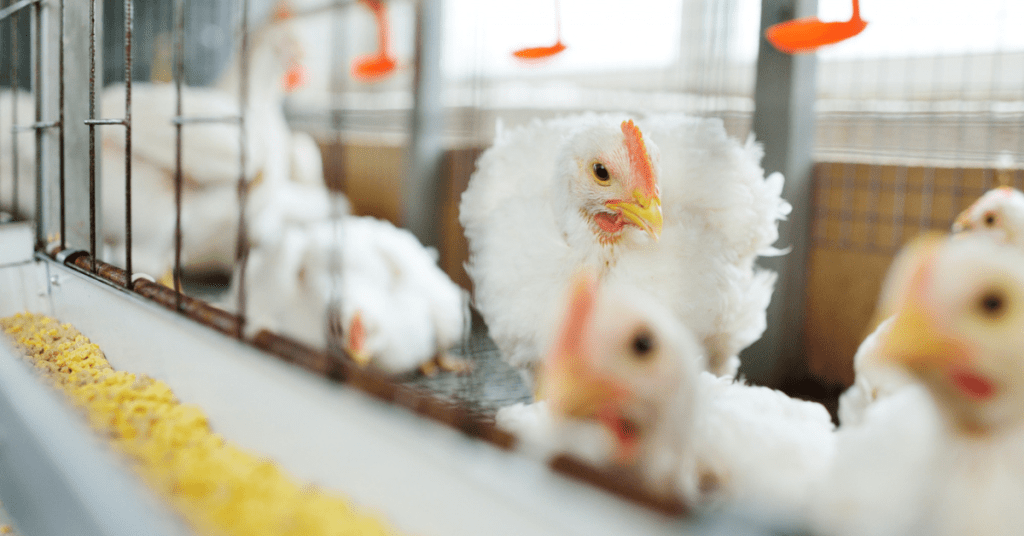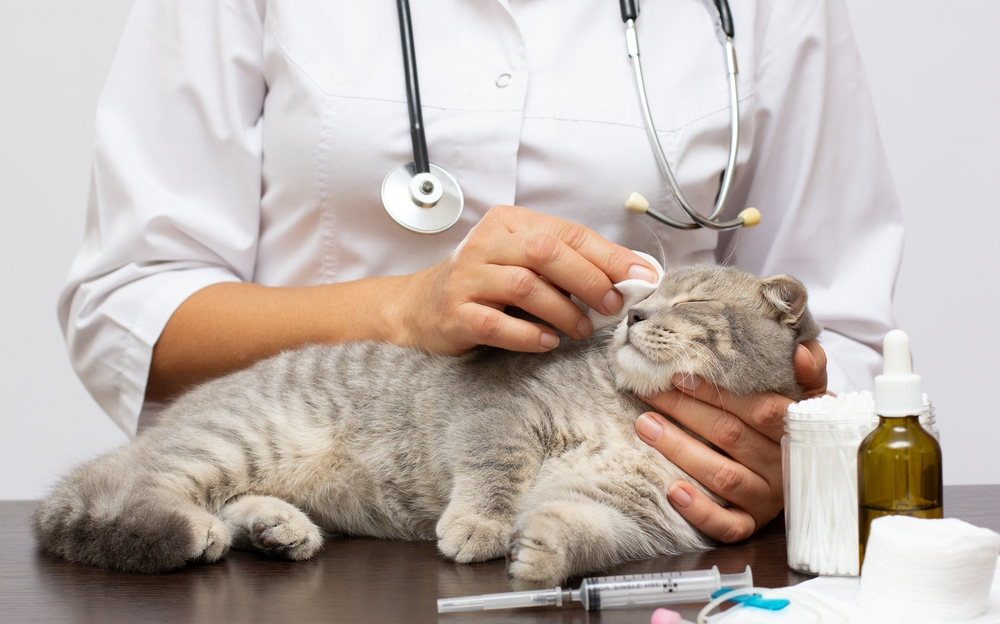Rabies remains one of the most feared zoonotic diseases worldwide, not only due to its near 100% fatality rate but also for its heavy public health and economic burden. This blog explores rabies from a veterinary lens — its cause, history, transmission, clinical signs, diagnosis, prevention, and control — tailored for B.V.Sc. students, practitioners, and veterinary enthusiasts.
What Is Rabies?

Rabies is an acute viral infection that affects the central nervous system (CNS) of all warm-blooded animals, including humans. It is typically transmitted through the saliva of infected animals via bites or scratches. Once symptoms begin, rabies is almost always fatal — a fact that underscores the importance of prevention and early action.
Key Features of rabies:
- Zoonotic viral disease with near 100% fatality
- Affects nervous system: abnormal behavior, aggression, paralysis
- Common in dogs, cats, cattle, bats, and wildlife
- Preventable through vaccination
🧬 Etiology: The Rabies Virus
- Virus family: Rhabdoviridae
- Genus: Lyssavirus
- Genome: Single-stranded RNA
- Shape: Bullet-shaped (180-250 nm long, 75 nm wide)
Fixed vs. Street Virus:
| Feature | Fixed Virus | Street Virus |
|---|---|---|
| Origin | Lab-attenuated | Wild-type from nature |
| Virulence | Low | Highly virulent |
| Use | Vaccines | Causes natural infection |
| Saliva presence | Absent | Present |
| Negri bodies | Absent | Present |
Epidemiology & Global Distribution
Rabies is endemic in over 150 countries, yet a few places like Japan, Australia, the UK, and some island nations have successfully eradicated it. In Asia and Africa, it continues to claim lives — mainly due to dog bites.
Types of Epidemiological Spread:
- Urban Rabies: Transmitted via domestic dogs
- Sylvatic Rabies: Spread through wildlife (foxes, bats, jackals, skunks)
Susceptible Hosts
All warm-blooded animals are susceptible:
- Highly susceptible: Dogs, cats, wolves, skunks, mongooses, vampire bats
- Moderately susceptible: Cattle, goats, sheep
- Dead-end hosts: Horses, cattle (no transmission after infection)
- Humans & birds: Also susceptible
Transmission

Rabies spreads mostly through:
- Bites from infected animals
- Scratches or open wounds exposed to infected saliva
- Rarely, via aerosol (e.g., in bat caves)
- Organ transplant cases (e.g., corneal transplants)
Incubation period:
- Dogs: 21–80 days
- Humans: 1–2 months (rarely up to 1 year)
Pathogenesis
Once inside the body:
- The virus replicates at the site of the bite.
- Travels via peripheral nerves to the spinal cord and brain.
- Once in CNS, it causes fatal encephalitis.
- Then spreads to salivary glands for further transmission.
Damage to brainstem and medulla results in:
- Difficulty swallowing
- Jaw paralysis
- Respiratory arrest and death
Clinical Signs
In Dogs:
1. Furious Form
- Unprovoked aggression, restlessness, photophobia, drooling
- Characteristic howling, roaming, and attacking
- Progresses to paralysis, coma, and death
2. Dumb Form
- Jaw drooping, profuse salivation, inability to swallow
- Progressive paralysis leading to death in 4–7 days

In Other Species:
- Cattle: Sexual excitement, inability to eat, impaction
- Sheep: Wool pulling, aggression, hind limb paralysis
- Horse: Bite behavior, throat/leg paralysis
- Pigs: Excitable behavior, front leg paralysis
Diagnosis
Clinical Diagnosis:
- History of bite
- Behavioral and neurologic symptoms
Laboratory Confirmation:
- Negri Bodies: Eosinophilic inclusion bodies in hippocampus (H&E staining)
- Direct Fluorescent Antibody Test (FAT): Gold standard
- Mouse Inoculation Test
- PCR & DOT-Hybridization Test
- Immunoperoxidase Test
- Complement Fixation Test
Differential Diagnosis
- Infectious Canine Hepatitis (ICH)
- Canine Distemper (CD)
- Toxoplasmosis
- Listeriosis
- Nasal bot in sheep (Oestrus ovis)
Treatment
Unfortunately, rabies is incurable once clinical signs appear.
First Aid:
- Immediate washing of bite wound with soap & water
- Apply iodine or sodium bicarbonate
- Do not suture within first 24 hours
Post-Exposure (Humans & Animals):
- Rabies immunoglobulin (RIG) around the wound
- Rabies vaccination (as per WHO protocol)
- Antibiotic support for wound infections
- Isolation for 90 days in animals (where applicable)
Prevention & Control
Pre-Exposure Vaccination:
- Dogs & Cats: First dose at 3 months, then yearly booster
- Livestock: Same as above; vaccine used is Nejarab in Nepal
Oral Rabies Vaccination (ORV):
Used for wildlife like foxes and raccoons via edible vaccine baits.
Public Health Measures:
- Stray dog population control
- Quarantine infected animals
- Surveillance and reporting
- Awareness campaigns
- Proper carcass disposal
Conclusion
Rabies may be one of the deadliest viral diseases known to mankind, but it is also 100% preventable with timely intervention. As future veterinarians and animal health workers, understanding rabies thoroughly — from clinical signs to diagnostics and control strategies — is essential not only for saving animal lives but also for protecting communities from this deadly zoonotic threat.
To explore more in-depth lessons like this and prepare smarter for your veterinary exams, check out our full veterinary pathology module on Pedigogy.com here https://pedigogy.com/courses/learn-animal-diseases-with-rahul/


